

Damion Smy
Ford Ranger-sized EV ute must prove itself in US before global rollout
2 Days Ago
Here’s the latest on the bigger, more sophisticated VW Amarok ahead of a mid-year reveal and Australian launch in early 2023.

Senior Contributor
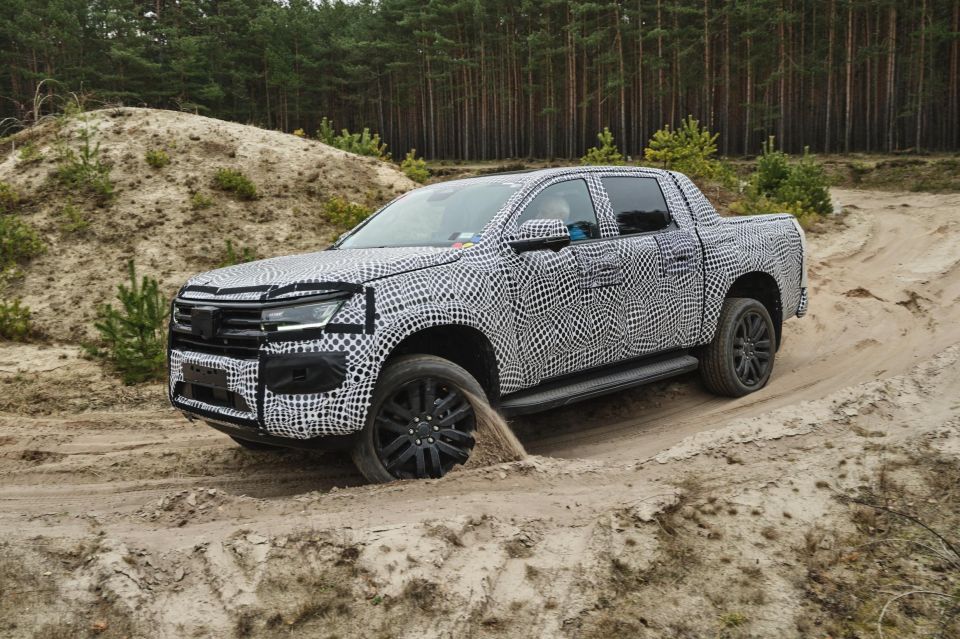

Senior Contributor
Volkswagen has told us a little more about its eagerly anticipated new Amarok ute shortly ahead of its full reveal, and before it rolls into showrooms around the start of next year.
Much of the design and engineering for the second-generation Volkswagen ute was handled in Australia, which is a strong chance to be the Amarok’s leading market.
Update May 17, story originally ran April 26: Volkswagen today confirmed the new Amarok’s Australian pricing would be published soon after the world reveal on July 7 this year, and says it already holds orders from people eager to be at the front of the queue.
This is because it’s based on the new-generation Ford Ranger platform, development of which is led by the Blue Oval’s Victoria R&D team. However, VW had its team working parallel to, and with, the program.
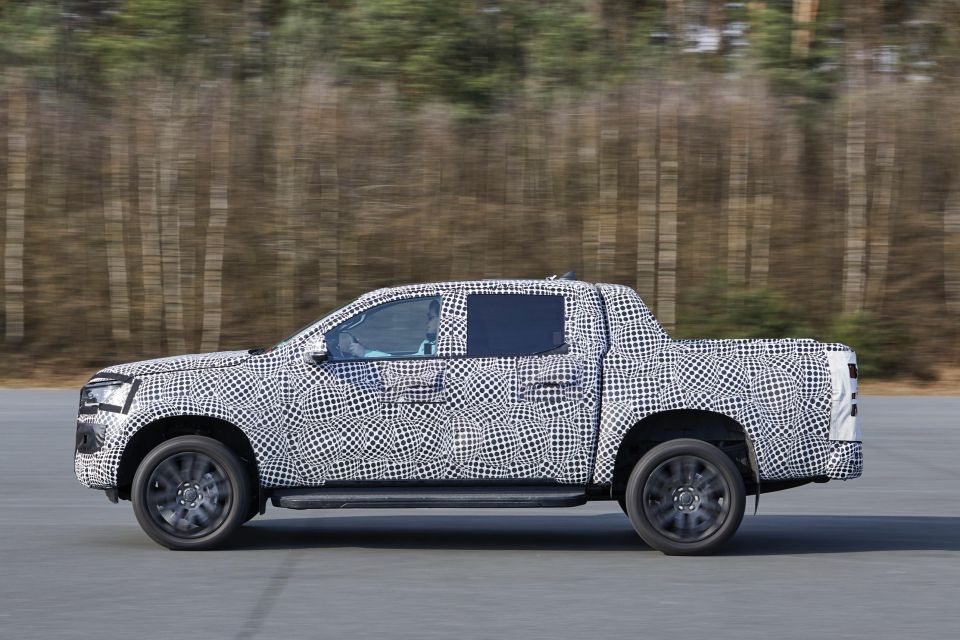
While the Ranger will again be made in Thailand, 2023 Amarok production is moving from Argentina and Germany, to a Ford plant in South Africa.
As well as showing pictures of disguised late-stage prototypes undergoing testing, Volkswagen has provided some detail to build customer anticipation.
At 5350mm long, the new model is around 100mm longer than before. Its 3270mm wheelbase is 175mm longer than before, adding interior space. Given the wheelbase has grown proportionately to the whole vehicle, the front and rear departure angles should also improve.
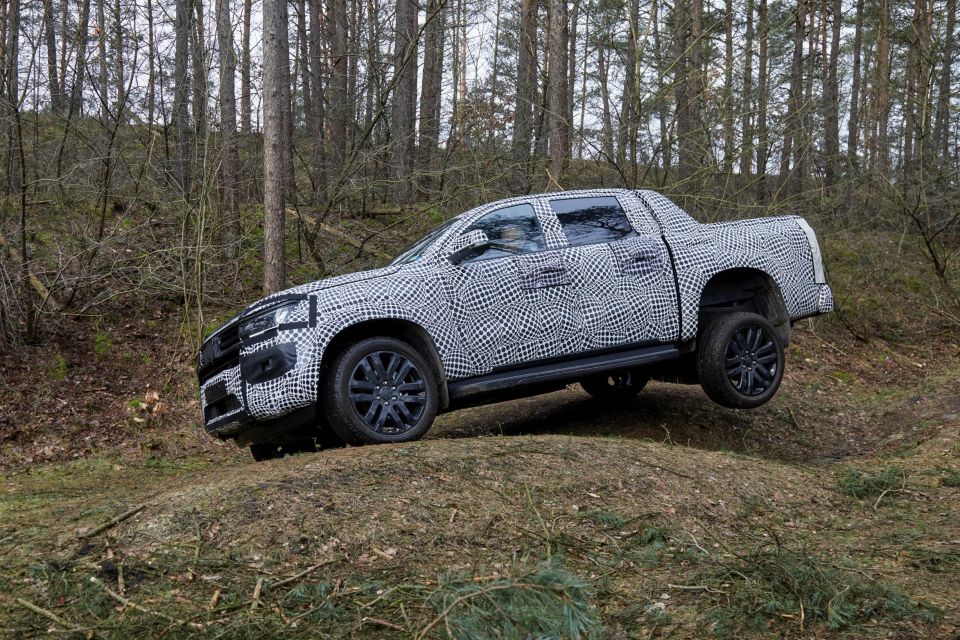
Volkswagen says to expect payload of up to 1.2 tonnes on the workhorse versions, although you’d expect the higher-end, V6 ‘lifestyle’ models to put more focus on occupant comfort with a softer setup. VW also says the wading depth ceiling gets a big hike.
Around the globe there’ll be the choice of four diesels and one petrol, with displacement of between 2.0-litre and 3.0-litres, plus either rear-wheel drive, part-time 4×4, or full-time permanent AWD. Volkswagen says the 3.5-tonne towing capacity will remain.
The flagship drivetrain – expected to make up the core of Volkswagen Australia’s product offering as is currently the case – will be a Ford-supplied V6 diesel (184kW and 600Nm in the Ranger) with a 10-speed automatic, rather than the outgoing car’s VW 3.0-litre TDI V6.
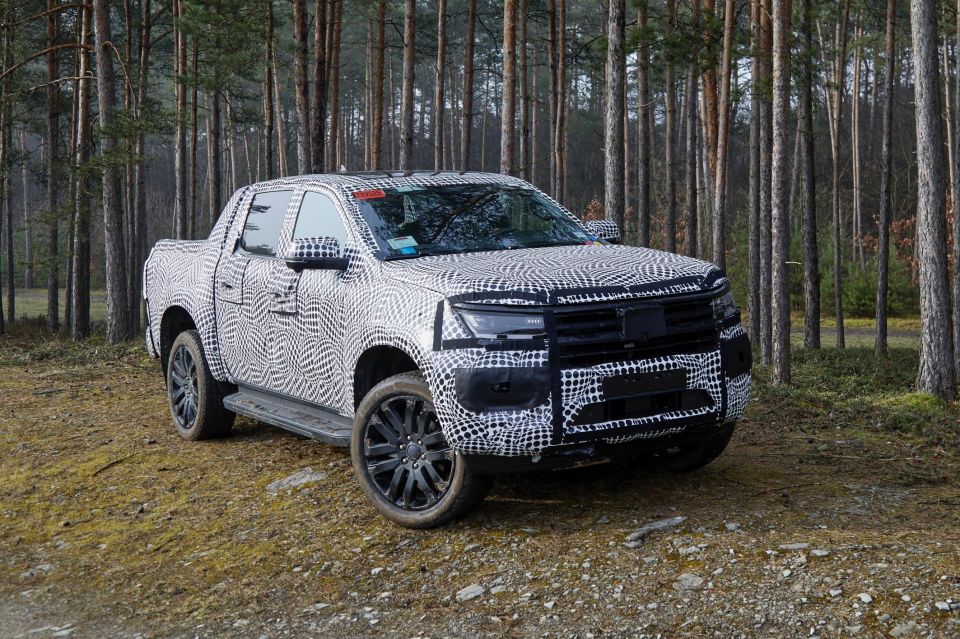
Given other engines are being borrowed from Ford, that suggests a 2.0-litre single-turbo diesel with six-speed gearboxes, a 2.0-litre biturbo with a 10-speed auto, and a 2.3-litre EcoBoost turbo-petrol. It’s unclear what the missing option mentioned will be.
Given the Ranger was developed to enable a plug-in hybrid – to be added over the lifecycle – a Volkswagen version is worth speculating over.
As well as migrating to Ford’s ‘T6’ architecture, Volkswagen has taken strides in the key area of active safety, saying to expect up to 30 driver-assist systems, more than 20 of which are new – meaning AEB, lane-keeping aids, blind-spot monitoring, adaptive cruise control, and the rest.
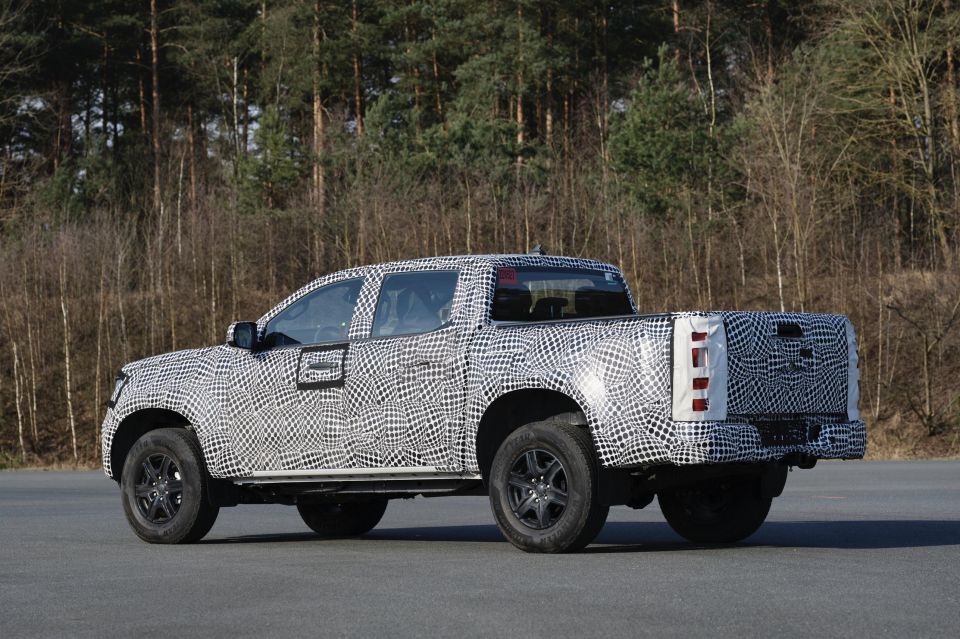
Design-wise, the new front section will have horizontal upper bars across the radiator grille, with quite narrow LED headlights as standard on all versions. Matrix LEDs will be optional. Top grades will offer blingy (up to) 21-inch alloy wheels and all-terrain tyres.
The tailgate is to be framed by again-standard LED lights, and the ‘Amarok’ badge is embossed across practically the full width. As in the previous model, the new Amarok can again fit a pallet between the arches, with tie-down rings fore and aft.
Volkswagen promises to offer different touchpoints and some degree of differentiation from the Ranger inside. Expect a digital cluster and a tablet-style infotainment display – in portrait orientation like the Ford.
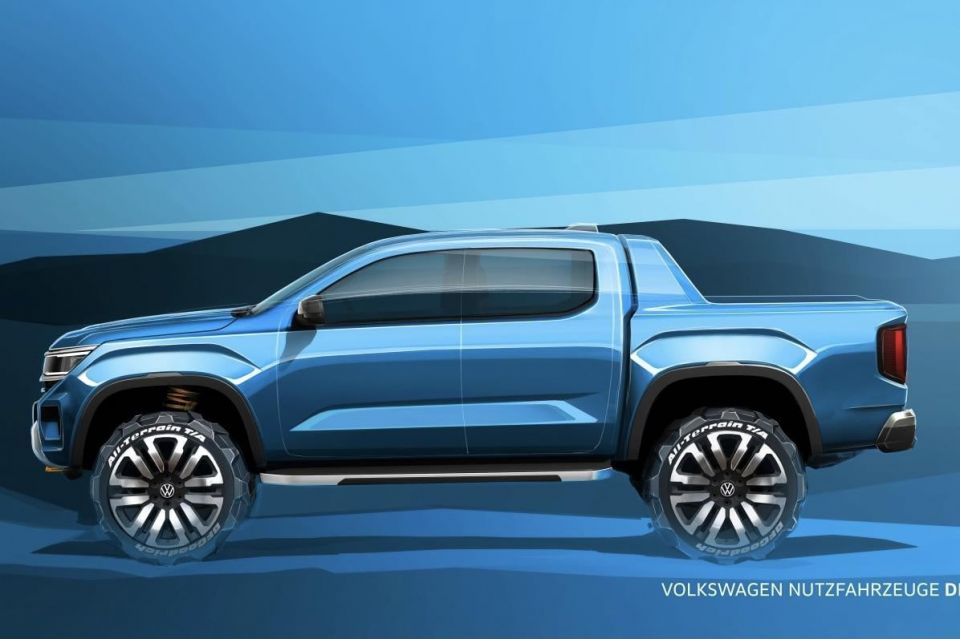
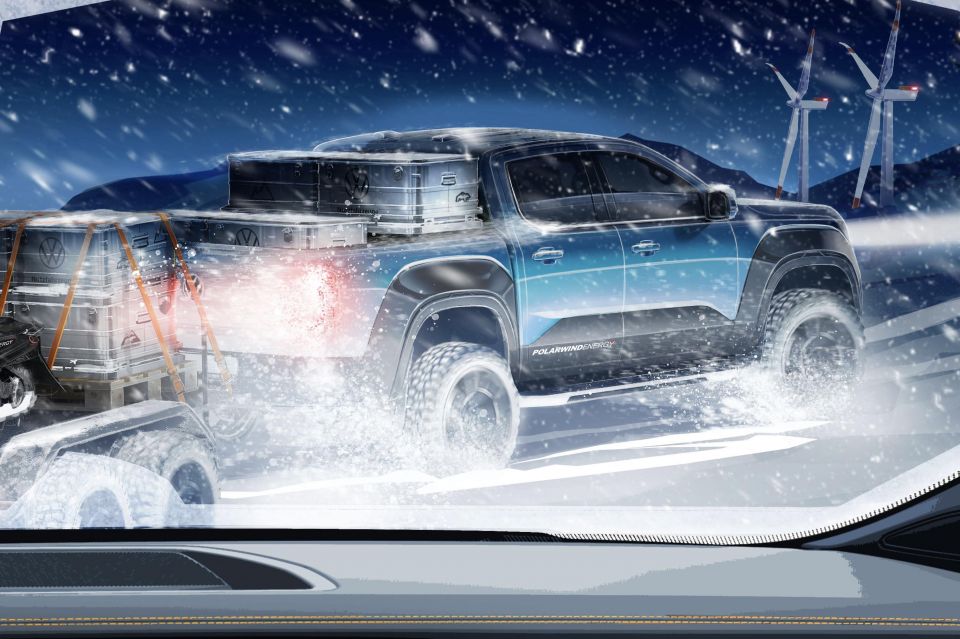
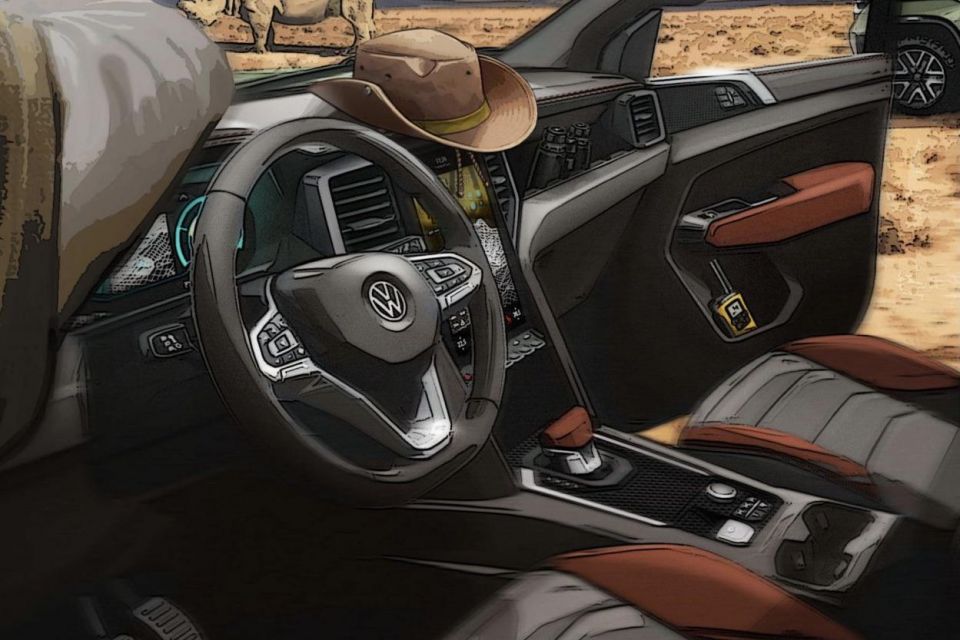
The company promises an exclusive sound system, leather-look surfaces for the instrument and door panels with stitching, and upgraded seats with optional 10-way powered movement. “The back of the DoubleCab Amarok also provides room for three adult passengers,” VW adds.
Volkswagen says to expect five trim versions: the entry-level version is to be badged ‘Amarok’, followed by the ‘Life’ and ‘Style’ grades. Billed as “equal top versions” will be the ‘PanAmericana’ (off-road focus) and the ‘Aventura’ (on-road, lifestyle focus).
It remains to be seen if there’ll be any locally-tuned Walkinshaw versions again, but the companies are in talks and it seems a formality.
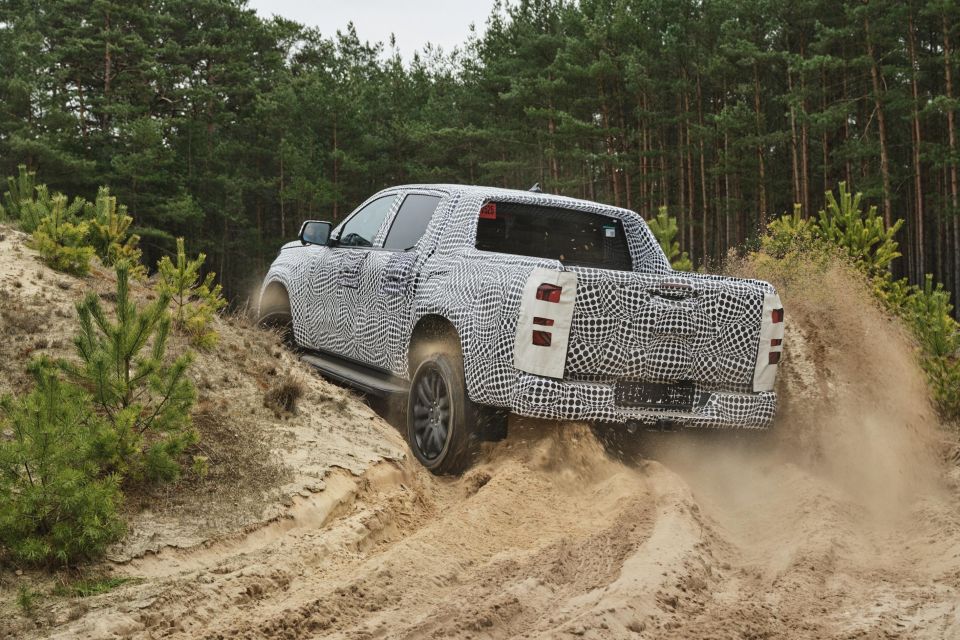
Over 830,000 units of the Amarok have been sold to date in Europe, South America, South Africa and Oceania. Australia is a key global market having bought around 10 per cent of this total, more than 32,000 being the V6.
Where expert car reviews meet expert car buying – CarExpert gives you trusted advice, personalised service and real savings on your next new car.


Damion Smy
2 Days Ago


Damion Smy
2 Days Ago


Ben Zachariah
4 Days Ago


Matt Campbell
4 Days Ago


Derek Fung
8 Days Ago


Damion Smy
11 Days Ago